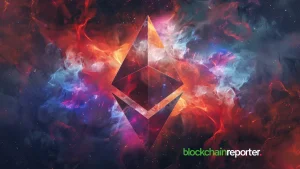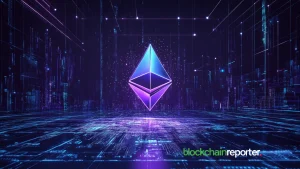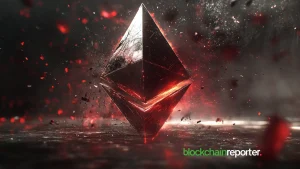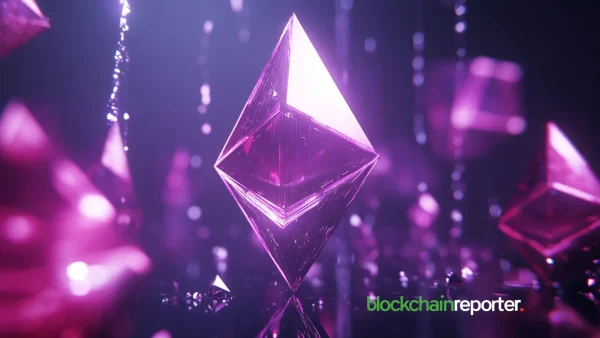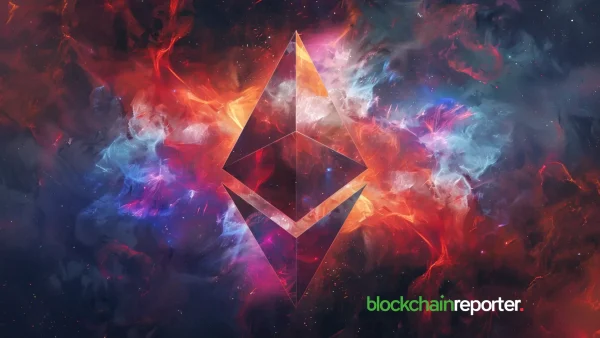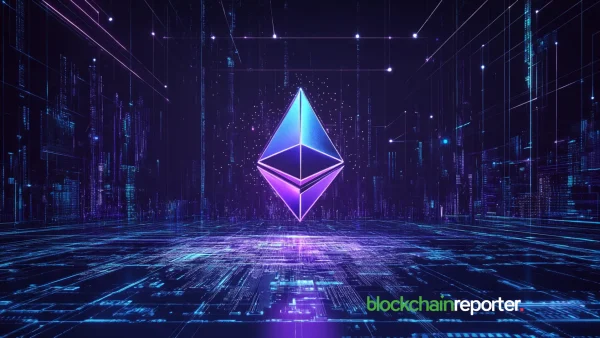
Ethereum currently hosts almost all decentralized financial transactions (DeFi). However, congestion and soaring gas prices slow down activity, which could cause competitors on the popular blockchain network to increase according to a new report.
DappRadar released a report this week showing how DeFi’s global transactions reached $ 125 billion in the third quarter of this year. The amount is up from $113 billion in the second quarter of 2020. Generally, 96% of the total volume of transactions are taking place on the Ethereum blockchain.
ETH’s smart contracts’ total value has exceeded $ 10 billion, with Uniswap, Curve, and MakerDao at the forefront. The total amount of DeFi’s digital agreements is $ 10.82 billion, down from $ 1 billion in June.
DeFi Domination
DeFi generally attracts investors to use their digital assets to lend or borrow crypto assets through smart contracts, rather than just holding their portfolios.
DeFi participants who invest their cryptocurrency in liquidity pools managed by smart contracts are known as liquidity providers and receive interest or returns on their contributions through a practice known as yield farming.
The growth in DeFi could get attributed to the Compound protocol (COMP) impact in particular. According to the report, COMP got introduced back in June, and the DeFi ecosystem experienced high transaction volumes. Within just half of June, Compound transaction volume reached $4 billion, which was 27 fold.
While other blockchains are trying to take advantage of the increasing demand for DeFi, none of them come close to Ethereum digests’ volume.
Ethereum is at the top when it comes to daily active wallets – over 57%. Tron’s daily portfolio reached 35% and EOS 5% in Q3. According to DappRadar, there were around 17,000 active wallets on the last day.
The report found that Uniswap, Sushiswap, Balancer, and Compound made the most considerable contribution to the Ethereum protocol in Q3 – accounting for 56% of Ethereum’s daily active portfolio. The EOS protocol also gained momentum in the third quarter.
Ethereum Congestion Issue
The report stated that although Ethereum results have been excellent, the main problem is the congestion that slows it down. Gas prices are very high in Q3. At peak times, the transaction fee is more than 400 Gwei; it went on.
According to blockchain software developer ConsenSys, Ethereum still fixes overload and scalability issues. Ethereum 2.0 – a proof protocol that significantly increases scalability according to co-founder Vitalik Buterin – is expected to be released next year.
With Ethereum 2.0 not yet ready for the market, the DappRadar report notes that the recently restored Cardano could offer consumers an alternative. Polkadot and Binance are also rising to beat Ethereum as its competitors.


